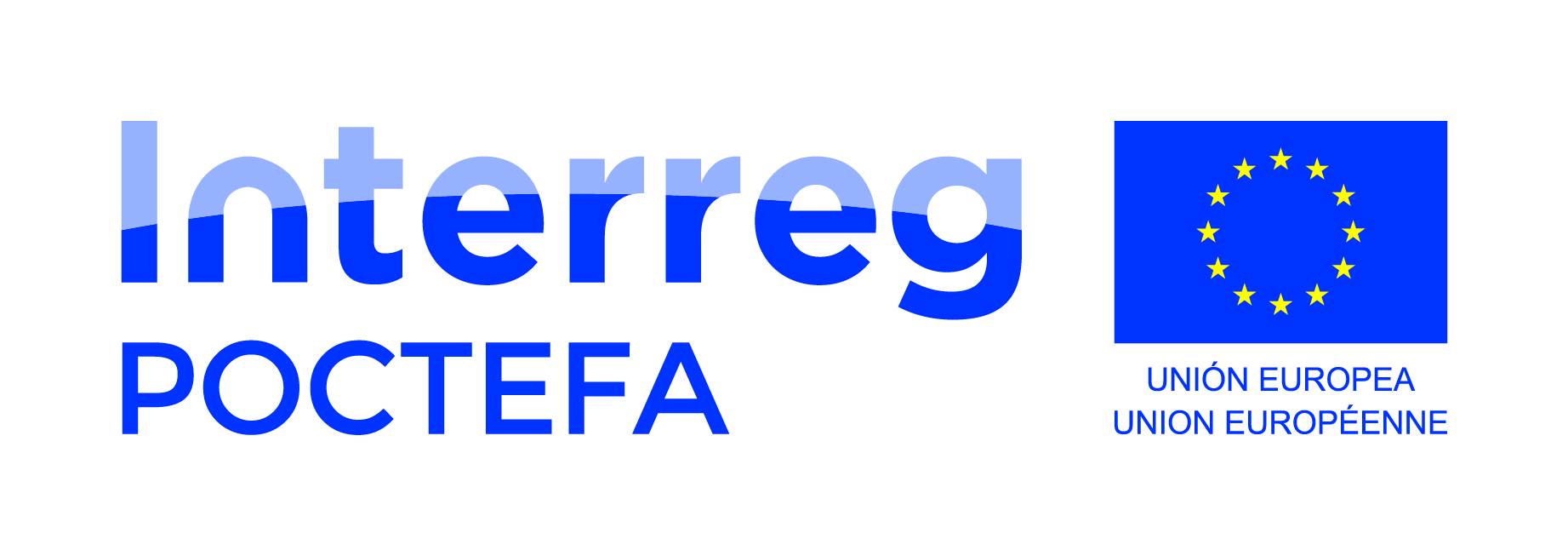Autores
Ocatvio Castillo, Pilar Queralt, Alex Marcuello, Juanjo Ledo.
Abstract
Controlled-source electromagnetic (CSEM) measurements are complementary data for magnetotelluric (MT) characterization although its methodology on land is not sufficiently developed and tested as in marine environments. Acquiring expertise in CSEM is crucial for surveys in places where MT cannot be performed due to high levels of cultural noise. To acquire that expertise, we perform CSEM experiments in the Vallès fault [Northeast (NE), Spain], where MT results have been satisfactory and allow us to verify the CSEM results. The Vallès basin is relevant for potential heat generation because of the presence of several geothermal anomalies and its nearby location in urban areas. In this article, we present the experimental setup for that region, a 2-D joint MT+CSEM inverse model, several 3-D CSEM simulations in the presence of metallic casing, and its comparison with real data measurements. We employ a parallel and high-order vector finite element algorithm to discretize the governing equations. By using an adapted meshing strategy, different scenarios are simulated to study the influence of the source position/direction and the conductivity model in a metallic casing presence. An excellent agreement between the simulated data and analytical/real field data demonstrates the feasibility of study metallic structures in realistic configurations. Our numerical results confirm that metallic casing strongly influences electromagnetic (EM) responses, making surface measurements more sensitive to resistivity variations near the metallic structure. It could be beneficial getting higher signal-to-noise ratios and sensitivity to deep targets. However, such a casing effect depends on the input model (e.g., conductivity contrasts, frequency, and geometry).
Cita bibliográfica
O. Castillo-Reyes, P. Queralt, A. Marcuello and J. Ledo, "Land CSEM Simulations and Experimental Test Using Metallic Casing in a Geothermal Exploration Context: Vallès Basin (NE Spain) Case Study," in IEEE Transactions on Geoscience and Remote Sensing, vol. 60, pp. 1-13, 2022, Art no. 4501813, doi: 10.1109/TGRS.2021.3069042.



